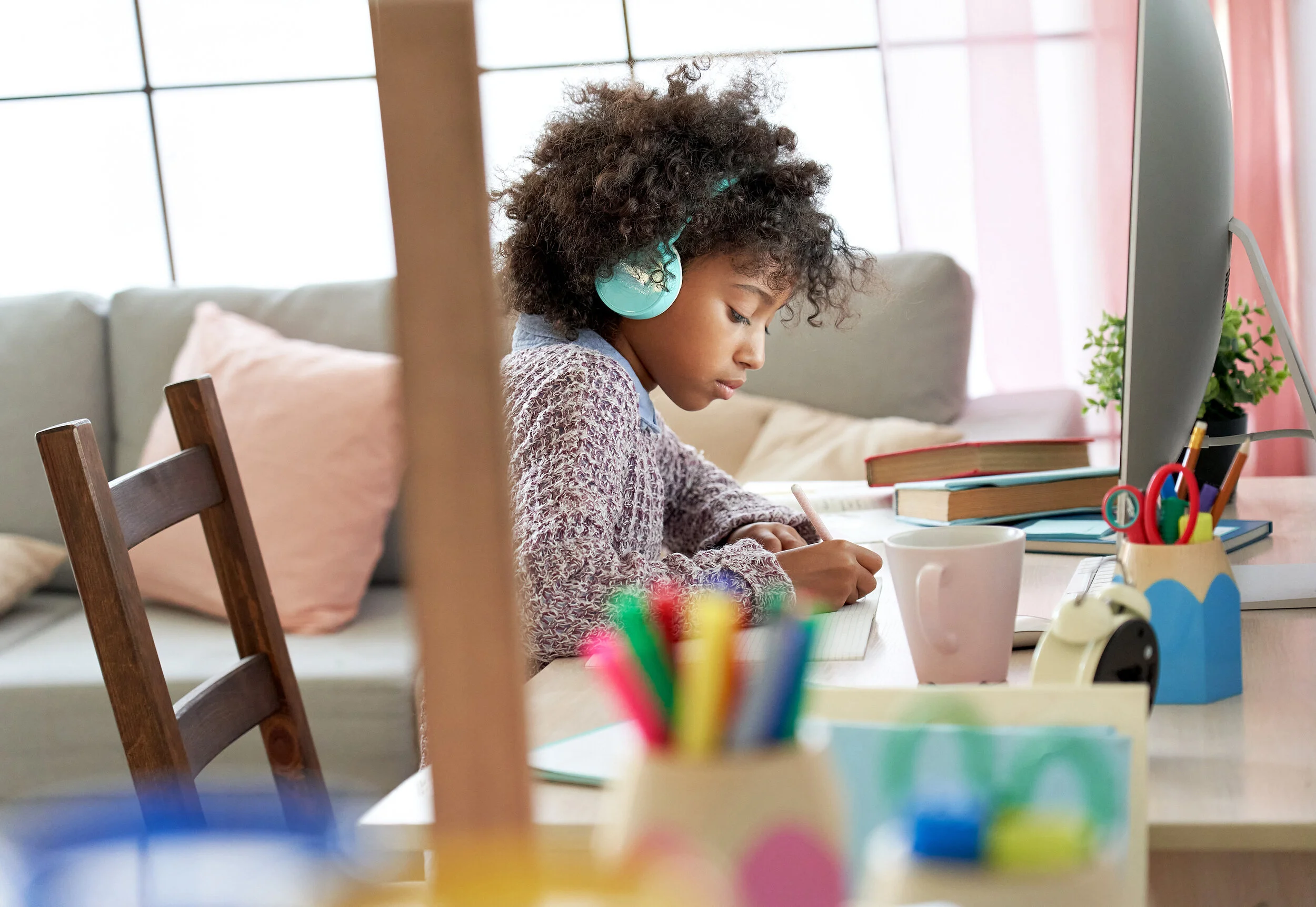Resources
The New Tools of Next Generation Virtual Learning Environments
The recent pandemic, and the move to remote learning, has illustrated the need for more capable technology tools that can provide teachers and students with a broader capacity to interact and engage in online learning environments. This need has presented an opportunity to developers to create more effective tools for virtual learning and they have responded . This session presents the very latest online tools that can be employed to create next-generation virtual learning environments that support enhanced opportunities for interactivity, collaboration, presentation, and community-building. We’ll explore a range of tools, from enhancements to existing tools to cutting edge virtual reality tools that add depth and dimension to what educators can do online to support teaching and learning. This presentation is focused on supporting the practitioner with pragmatic tools and associated strategies for rapidly advancing their ability to support a new condition for virtual learning.
Using Design Thinking to Understand Your School’s Pandemic Response
This workshop is designed to help you capture the institutional and community knowledge about teaching and learning that now exists as the result of the pandemic. The workshop will teach you a design process that can be employed to uncover the critical community-based knowledge that can help improvement efforts as well as inform innovative directions for teaching and learning. Participants in this workshop will learn ethnography strategies that can be used with their community groups to capture information, techniques for making sense of data, and how to develop a framework that can serve as a scaffold for developing a new and improved iteration of school. The workshop will also feature technology tools that can be used to conduct ethnography remotely to enlarge the community audience and how to use technology to support data collection and curation.
Designing a Virtual Third Place for Your School
This session explores the design of a virtual “third place” that can be created to address the social and emotional health of students. The concept of the third place, first described by Ray Oldenburg in the 1989 book, The Great Good Place, is a location between home and school that supports informal and social interactions (for adults, it is between home and work). Using commonly available technologies, it is possible for a school or district to create a virtual third place that can become a location for the informal social interactions that can link students to each other and their schools. These spaces can support a variety of uses, from helping students connect around passions and interests to being a location that offers the school community an opportunity to create a more cohesive and participatory school culture while addressing and reducing the isolation and sterility of the virtual experience
